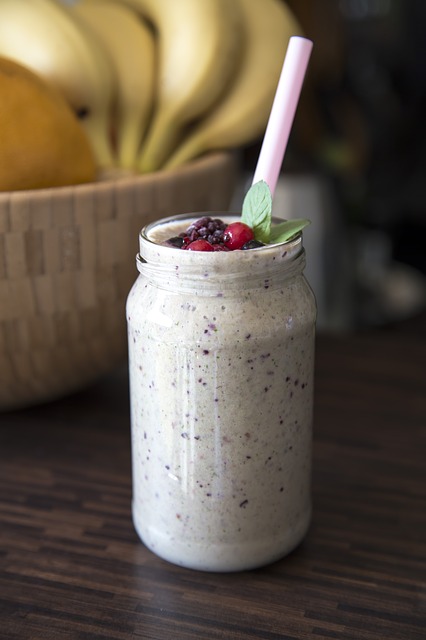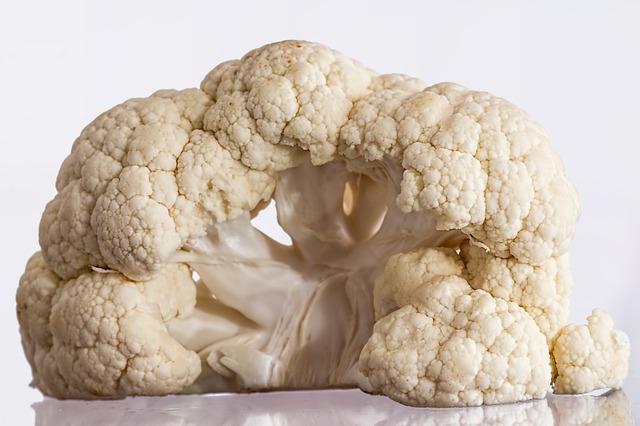First, let's take a look at the macros. Each of these are listed in grams and as usual, normalized to 200 calories for easy comparison, so we're always comparing apples to apples.
| Taro | Cauliflower |
| Nutrient | taro | cauliflower |
| Protein | 3g | 16g |
| Carbohydrate | 47g | 42g |
| Fiber | 7g | 20g |
| Fat | 0g | 1g |
| Monounsat. Fat | 0g | 1g |
| Polyunsat. Fat | 0g | 0g |
| Saturated Fat | 0g | 0g |

Next, let's take a look at the Vitamin density. These values are shown in units of percent of recommended daily intake. And since we're showing 200 calories worth, this means anything above 10% is good.
| Nutrient | taro | cauliflower |
| Choline | 7% | 85% |
| Vitamin A | 1% | 1% |
| Vitamin C | 11% | 495% |
| Vitamin E | 35% | 5% |
| Vitamin K | 2% | 160% |
Taro have significantly more Vitamins E than cauliflower. Cauliflower have significantly more Vitamins C, K than taro. Taro are a good source of Vitamin E, Potassium, Phosphorus. Taro are a great source of Vitamin B6. Cauliflower are a good source of Niacin, Magnesium, Zinc, Calcium. Cauliflower are a great source of Thiamin, Riboflavin, Potassium, Phosphorus, Iron. Cauliflower are an excellent source of Vitamin K, Vitamin C, Pantothenic Acid, Vitamin B6.

And here we see the B-vitamins: B1 (Thiamin), B2 (Riboflavin), B3 (Niacin), B5 (Pantothenic Acid), B6 (Pyridoxine)
| Nutrient | taro | cauliflower |
| Vitamin B1 | 17% | 46% |
| Vitamin B2 | 4% | 46% |
| Vitamin B3 | 9% | 35% |
| Vitamin B5 | 11% | 104% |
| Vitamin B6 | 46% | 161% |
| Vitamin B12 | 0% | 0% |
Now, lets look at mineral density. Here we have a lot of important electrolytes and minerals. Once again, units are in percent of RDI, thus for this 200 calorie serving anything above 10% would considered high.
| Nutrient | taro | cauliflower |
| Sodium | 1% | 16% |
| Potasium | 30% | 69% |
| Calcium | 15% | 35% |
| Magnesium | 17% | 34% |
| Phosphorus | 26% | 61% |
| Iron | 16% | 59% |
| Manganese | 30% | 54% |
| Selenium | 3% | 11% |
| Copper | 31% | 34% |
| Zinc | 4% | 24% |